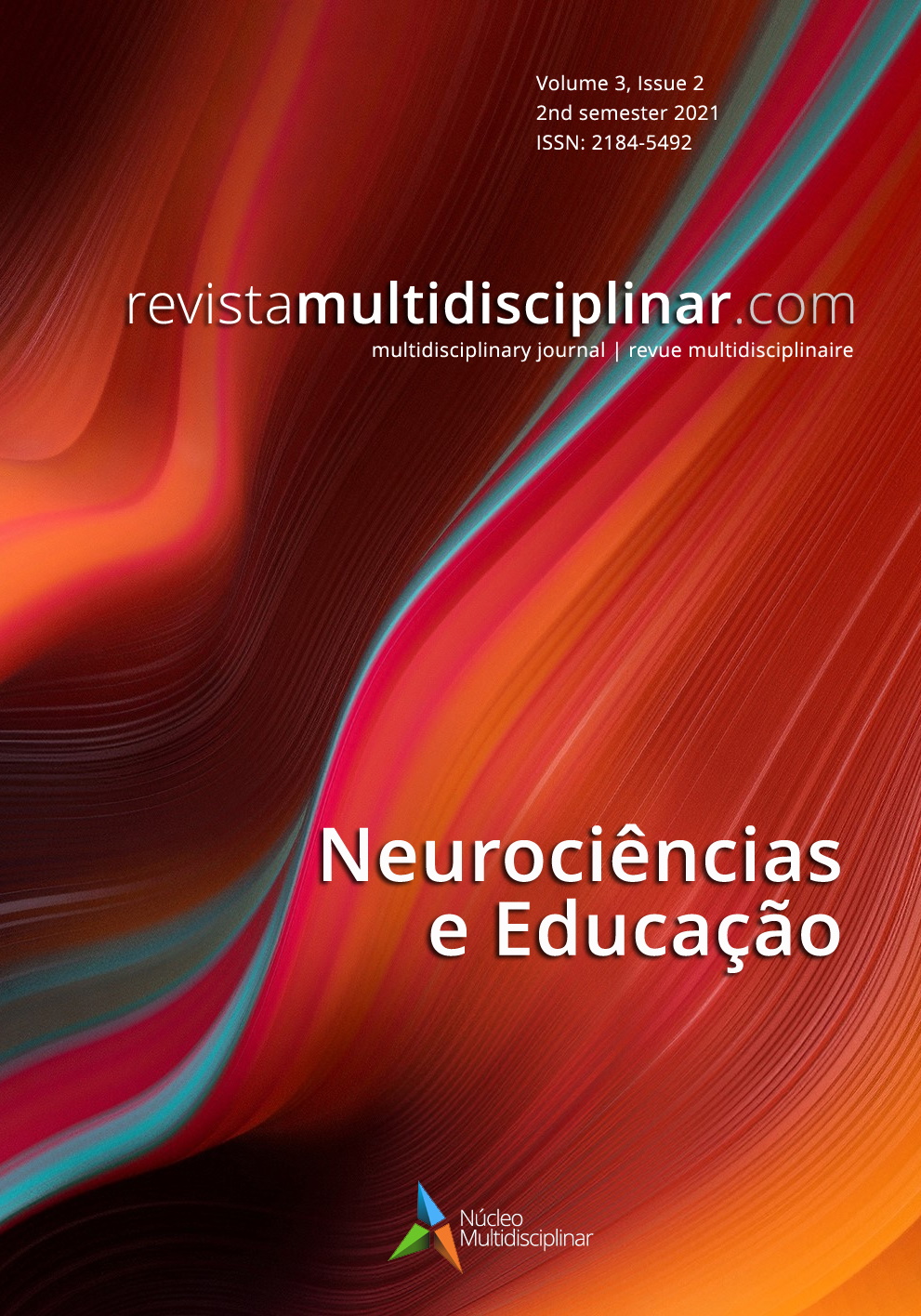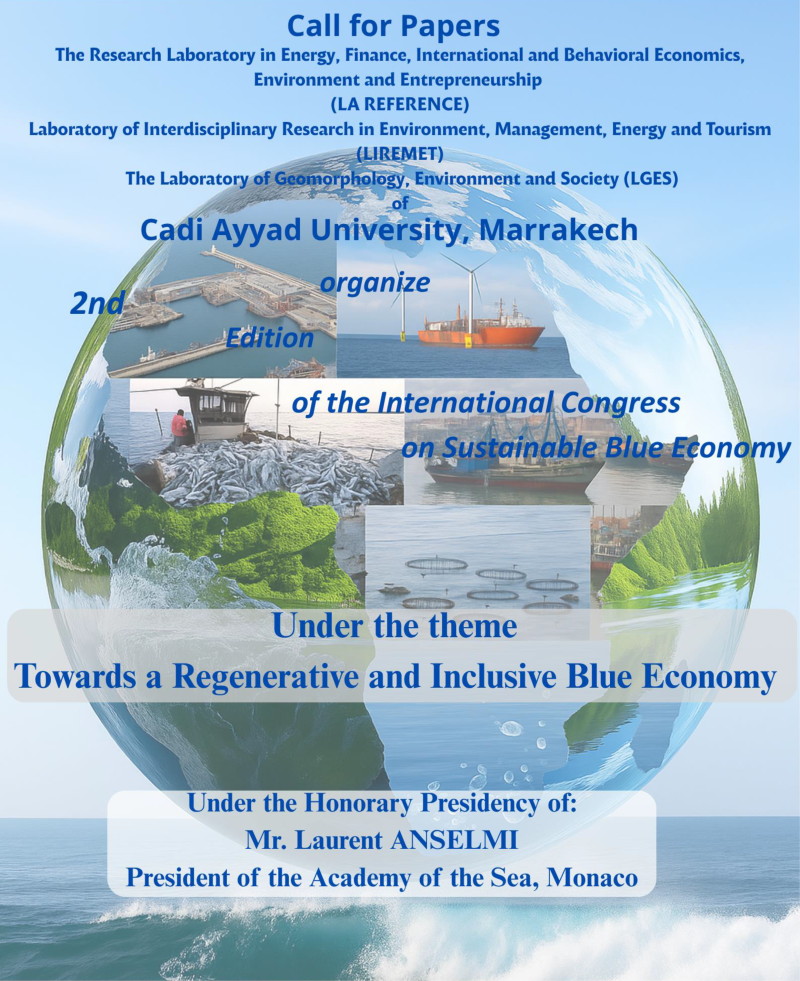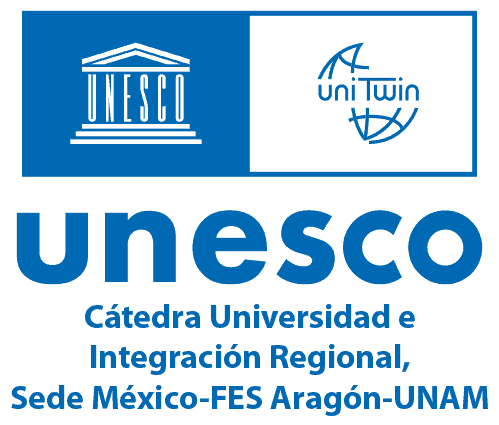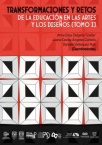Some contributions from Neurosciences to Education
Do enriched environments increase the learning capacity of our brain?
DOI:
https://doi.org/10.23882/NE2145Keywords:
education, environment, genes, neuroplasticity, neurosciencesAbstract
The reflection and discussion on the role of genetic specification and experience in the acquisition of a function and in the development of an individual reflects a fascinating and very current debate among those working in the area of behavior and development. Concerning the development of human behavior and the influence of biological heritage and the envitonment, conflicting and sometimes exclusive positions were established. On the one hand, adherents of genetic inheritance exclude the possibility of the influence of the environment. On the other hand, supporters of the environment exclude genetic inheritance. There is also an eclectic position, reconciling both extremes. Furthermore, within the scope of the trends themselves, differentiating nuances emerge. It is therefore, a very controversial subject to which we dedicate this work from a Neuroscience perspective. We will approach brain neuroplasticity as the ability of the nervous system to change and adapt, in response to internal and external stimuli, including structural and / or functional changes throughout life. Brain plasticity is one of the pillars of learning and memory processes. In short, the role of Neurosciences in the field of Educational Sciences is taking shape and the concept of neuroplasticity is a sine qua non condition for trying to establish a connection between education, behavior and the brain.
References
Alcock, J. (1998). Animal behavior: an evolutionary approach. Sunderland, Massachusetts: Sinauer Associates.
Alonso, J.R., & Esquisábel, I.A. (2019a). O Cérebro Nasce ou Faz-se? Genes e ambiente. Atlântico Press.
Alonso, J.R., & Esquisábel, I.A. (2019b). Da Alma à Neurociência. Breve história do conhecimento sobre o cérebro. Atlântico Press.
Bentivoglio, M., & Grassi-Zucconi, G. (2019). Quando o cérebro envelhece. Mitos e certezas sobre um processo universal (e inevitável). Atlântico Press.
Berardi, N., & Sale, A. (2019). Ambiente, Plasticidade e Desenvolvimento Cerebral. Os efeitos do ambiente na construção do indivíduo. Atlântico Press.
Blakemore, S.J., & Frith, U. (2009). O Cérebro que Aprende. Lições para a Educação. Lisboa: Gradiva.
Calafate, L. (1989). Biologia e Comportamento em Jean Piaget: o ambiente social e o desenvolvimento dos comportamentos aprendidos. Inovação, 2(4), 454-466.
Calafate, L. (2000a). Etologia da Criança: uma perspetiva Ontogenética das “Competências-Alicerce”. Saber e Educar, 5, 49-81.
Calafate, L. (2000b). Biologia e desenvolvimento: algumas implicações do padrão de crescimento do homem para a educação. O Professor, 68, 43-51.
Calafate, L. (2001). Psicologia Comparada & Etologia Clássica: o binómio instinto-aprendizagem. O Professor, 72, 45-54.
Castro Caldas, A. (2016). A Vida do Cérebro. Da gestação à idade avançada. Lisboa: Verso de Kapa.
Castro Caldas, A. & Rato, J. (2020). Neuromitos. Lisboa: Contraponto.
Chiamulera, C. (2019). Realidade Virtual. As chaves da interação entre tecnologia e cérebro humano. Atlântico Press.
Clayton, N.S. (1995). The neuroethological development of food-storing memory: a case of use it, or lose it! Behavioural Brain Research, 70, 95-102.
Cotrufo, T. (2019). Na mente da criança. O cérebro nos seus primeiros anos. Atlântico Press.
Damásio, A. (2020). Sentir & Saber – A Caminho da Consciência. Lisboa: Círculo de Leitores.
Darwin, C. (1871, 2009). A Origem do Homem e a Selecção Sexual. Lisboa: Relógio D’Água Editores.
Dehaene, S. (2014). Consciousness and the Brain. Deciphering How the Brain Codes Our Thoughts. London: Penguin Books.
Dehaene, S. (2018). Apprendre! Les talents du cerveau, le défi des machines. Paris: Odile Jacob.
Dierssen, M. (2019a). Como Aprende (e Recorda) o Cérebro? Princípios da neurociência para aplicar à educação. Atlântico Press.
Dierssen, M. (2019b). O Cérebro Artístico. A criatividade segundo a neurociência. Atlântico Press.
Dikker, S., Wan, L., Davidesco, I., Kaggen, L., Oostrik, M., McClintock, J., Rowland, J., Michalareas, G., Van Bavel, J.J., Ding, M., & Poeppel, D. (2017). Brain-to-brain synchrony tracks real-world dynamic group interactions in the classroom. Current Biology, 27, 1-6.
Forgays, D.G. & Forgays, J.W. (1952). The nature of the effect of free-environmental experience in the rat. Journal of Comparative and Physiological Psychological, 45(4), 322-328.
Francis, D., & Kaufer, D. (2011). Beyond Nature vs. Nurture. The Scientist, 1, October.
Gage, F.H. (2002). Neurogenesis in the Adult Brain. The Journal of Neuroscience, 22(3), 612-613.
Godfrey-Smith, P. (2017). Outras Mentes. O Polvo, o Mar e a Origem Profunda da Consciência. Lisboa: Círculo de Leitores.
Goleman, D., & Davidson, R.J. (2018). Traços Alterados. Lisboa: Círculo de Leitores.
Gould, S.J. (1995). A Vida é Bela. O Xisto de Burgess e a natureza da história. Lisboa: Gradiva.
Gregorio, P.G. (2019). Neurodegeneração. Alzheimer, Parkinson e ELA. Atlântico Press.
Hebb, D.O. (1947). The effects of early experience on problem solving at maturity. American Psychologist, 2, 306-307.
Hebb, D.O. (1949). The Organization of Behavior. A Neuropsychological Theory. New York: John Wiley & Sons.
Heisenberg, M., Heusipp, M., & Wanke, C. (1995). Structural plasticity in the Drosophila brain. Journal of Neuroscience, 15(3), 1951-1960.
Houdé, O. (2017). Des cerveaux en phase pour des élèves motivés. Cerveau & Psycho, 90, 86-87.
Kempermann, G., Kuhn, H.G., & Gage, F.H. (1997). More hippocampal neurons in adult mice living in an enriched environment. Nature, 386, 493-495.
Kempermann, G., Fabel, K., Ehninger, D., Babu, H., Leal-Galicia, P., Garthe, A., & Wolf, S.A. (2010). Why and how physical activity promotes experience-induced brain plasticity. Frontiers in Neuroscience, 4, 189.
Krebs, J., Sherry, D., Healy, S., Hugh Perry, V., & Vaccarino, A. (1989). Hippocampal specialization of food-storing birds. Proceedings National Academy Sciences USA, 86, 1388-1392.
Lázaro, J., Hertel, M. Muturi, M., & Dechmann, D.K.N. (2019). Seasonal reversible size changes in the braincase and mass of common shrews are flexible modified by environmental conditions. Scientific Reports, 9, 2489.
Maffei, L. (2018). Elogio da Lentidão. Lisboa: Edições 70.
Maffei, L. (2019). Elogio da Palavra. Lisboa: Edições 70.
Maguire, E.A., Gadian, D.G., Johnsrude, I.S., Good, C.D., Ashburner, J., Frackowiak, R.S.J., & Frith, C.D. (2000). Navigation-related structural change in the hippocampi of taxi drivers. PNAS, 11(8), 4398-4403.
Maguire, E.A., Spiers, H.J., Good, C.D., Hartley, T., Frackowiak, R.S.J., & Burgess, N. (2003). Navigation Expertise and the Human Hippocampus: A structural Brain Imaging Analysis. Hippocampus, 13, 208-217.
Maojo, V. (2019). Cérebro e Música. Entre a neurociência, a tecnologia e a arte. Atlântico Press.
Masson, S. (2015). Les apports de la neuroeducation à l’enseignement: des neuromythes aux découvertes actuelles. Approche neuropsychologique des apprentissages chez l’enfant, 134: 11-22.
Masson, S., & Brault Foisy, L-M. (2014). Fundamental Concepts Bridging Education and the Brain. McGill Journal of Education, 49(2): 501-512.
Mohammed, A.H., Zhu, S.W., Darmopil, S., Leffler, J.H., Ernforts, P., Winblad, B., Diamond, M.C., Eriksson, P.S., & Bogdanovic, N. (2002). Environmental enrichment and the brain. Progress in Brain Research, 138, 109-133.
Nithianantharajah, J., & Hannan, A.J. (2006). Enriched environments, experience-dependent plasticity and disorders of the nervous system. Nature Reviews Neuroscience, 7, 697-709.
Nordengen, K. (2018). O Poder do Nosso cérebro. Desvendando os segredos da mente humana. Lisboa: Planeta.
Ortiz Alonso, T. (2019). Neurociência em Casa. Mais do que os trabalhos escolares. Atlântico Press.
Pigliucci, M., Murren, C.J., & Schlichting, C.D. (2006). Phenotypic plasticity and evolution by genetic assimilation. The Journal of Experimental Biology, 209, 2362-2367.
Rampon, C., Jiang, C.H., Dong, H., Tang, Y-P., Lockhart, D.J., Schultz, P.G., Tsien, J.Z., & Hu, Y. (2000). Effects of environmental enrichment on gene expression in the brain. PNAS, 97(23), 12880-12884.
Rato, J., & Castro Caldas, A. (2017). Quando o Cérebro do seu filho vai à escola. Boas práticas para melhorar a aprendizagem. Lisboa: Verso de Kapa.
Ray, S., Li, M., Koch, S.P., Mueller, S., Boehm-Sturm, P., Wang, H., Brecht, M., & Naumann, R.K. (2020). Seasonal plasticity in the adult somatosensory cortex. PNAS, 117(50), 32136-32144.
Romoli, M. & Calabresi, P. (2019). Como nos movemos. Uma viagem ao sistema cerebral que controla o movimento. Atlântico Press.
Rosenzweig, M.R. (1996). Aspects of the search for neural mechanisms of memory. Annual Review of Psychology, 47, 1-32.
Rosenzweig, M.R. (2003). Effects of Differential Experience on the Brain and Behavior. Developmental Neuropsychology, 24 (2&3), 523-540.
Sacks, O. (1998). A Ilha sem Cor. Lisboa: Relógio D’Água.
Sagan, C. (1985). Os Dragões do Eden. Lisboa: Gradiva.
Sale, A. (2018). A systematic look at environmental modulation and its impact in brain development. Trends in Neurosciences, 41(1), 4-17.
Sepulcre, J. (2019). Redes Cerebrais e Plasticidade Funcional. O cérebro que se modifica e adapta. Atlântico Press.
Seung, S. (2013). Connectome. How the Brain’s Wiring Makes Us Who We Are. London: Penguin Books.
Sherry, D. (2006). Neuroecology. Annu. Rev. Psychol., 57, 167-97.
Sherry, D., Vaccarino, A., Buckenham, & Herz, R. (1989). The Hippocamal Complex of Food-Storing Birds. Brain Behavioural Evolution, 34, 308-317.
Solarz, S.C. (2019). Cyborgs. A fusão de mente e máquina. Atlântico Press.
Triglia, A., Regarder, B., & García-Allen, J. (2019). O que é a inteligência? Do QI às inteligências múltiplas. Atlântico Press.
van Praag, H., Kemperman, G., & Gage, F.H. (2000). Neural consequences of environmental enrichment. Nature Reviews Neuroscience, 1, 191-198.
Viosca, J. (2019). Mentes Prodigiosas. Fundamentos psicológicos e neuronais das capacidades excecionais. Atlântico Press.
Wiesel, T.N., & Hubel, D.H. (1963). Single-cell response in striate cortex of kittens deprived of vision in one eye. Journal Neurophysiology, 26, 1003-1017.
Wiesel, T.N., & Hubel, D.H. (1965). Extent of recovery from the effects of visual deprivation in kittens. Journal Neurophysiology, 28, 1060-1072.
Downloads
Published
How to Cite
Issue
Section
License
Copyright (c) 2021 Luís Calafate, Sara Cesariny Calafate

This work is licensed under a Creative Commons Attribution-NonCommercial 4.0 International License.









